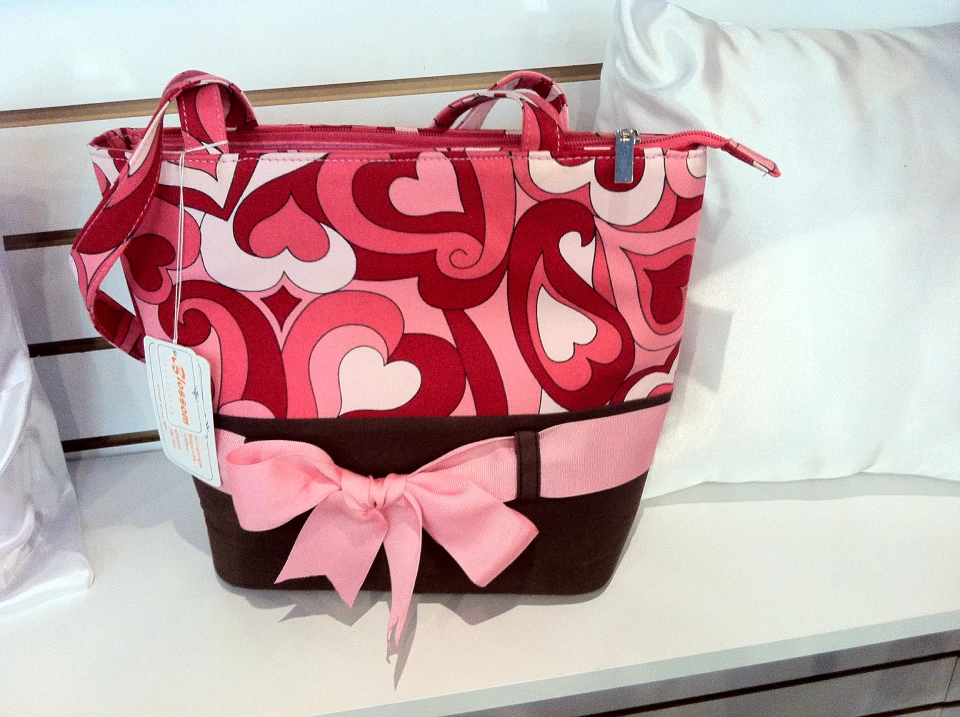Heat Transfer on T-Shirts and Aprons - Custom Designs and Logos
The Art of Custom Embroidery: Unlocking the Tricks to Creating One-of-a-kind and Remarkable Designs
The secrets to developing custom needlework layouts that mesmerize the eye and leave a long lasting impression lie in a delicate balance of strategy, creative thinking, and attention to information. As we dive right into the world of custom needlework, we discover the nuanced interaction in between string selection, sew intricacy, and layout personalization that boosts a simple garment to a work of art.
Picking the Right Needlework Threads
When picking embroidery threads, what crucial aspects should you consider to make sure the ideal results for your custom-made styles? The option of needlework string is essential in figuring out the last result of your stitched design. One of the main factors to consider is the product of the thread. Various products such as cotton, polyester, rayon, and silk offer varying levels of luster, sturdiness, and appearance. It is vital to choose a thread material that matches the material you are stitching on and straightens with the wanted look of the layout.
Thicker strings can add dimension and structure to your design, while finer strings are suitable for elaborate information and small message. Furthermore, considering the shade fastness and washability of the thread is critical to ensure that your personalized styles keep their high quality and vibrancy over time.
Checking Out Various Stitch Techniques
To explore the world of 'Exploring Different Stitch Strategies', one have to comprehend the intricacies and subtleties that each sewing technique offers the art of embroidery. Various stitch techniques not just add visual interest yet likewise add to the overall texture and measurement of the design. One preferred stitch technique is the satin stitch, which involves carefully stuffed parallel stitches to create a smooth and glossy surface area, suitable for filling in forms and developing bold details.
On the other hand, the backstitch is a functional technique usually used for detailing and including fine information. It entails stitching backwards to create a strong line of needlework. Additionally, the French knot stitch adds a responsive component to styles, ideal for producing distinctive accents like blossom facilities or decorative touches.
Checking out different stitch methods enables embroiderers to have fun with light, darkness, and deepness within their styles, elevating the visual charm and creative high quality of their needlework projects. By understanding various stitching methods, one can unlock endless opportunities for creating distinct and unforgettable custom-made needlework items.
Incorporating Personalized Style Aspects
Having checked out the complexities of different stitch strategies such as the satin stitch, backstitch, and French knot, the focus now shifts in the direction of including personalized layout aspects in customized embroidery projects. Personalized layout components play an important function in making embroidery projects absolutely unique and unforgettable. One way to incorporate customization is by including initials, names, or considerable days to the design. This not just includes an individualized touch however also enhances the emotional value of the needlework piece.
An additional method to incorporate tailored style aspects is by consisting of signs or motifs that hold special meaning to the recipient or show their interests and personality. For example, including a preferred blossom, pet, or hobby-related icon can make the embroidery layout much more purposeful and tailored. In addition, selecting shades that reverberate with the recipient or straighten with the intended style can further improve the customization of the needlework project.
Grasping the Art of Shade Coordination

One secret element of shade coordination is recognizing color concept. This includes understanding exactly how various colors engage with each various other, the emotions they share, and how they can be incorporated to produce aesthetically attractive layouts. By using color theory principles, embroiderers can develop harmonious color schemes that enhance the total appearance of the layout.
Additionally, taking note of comparison is important in color control. Using contrasting shades can aid certain aspects of the get redirected here layout pop, enhance readability, and create a visually dynamic needlework piece. By mastering the art of color sychronisation, embroiderers can boost their layouts and create memorable items that resonate with clients and audiences alike.
Enhancing Structure With Advanced Needlework Stitches
Bullion knots, on the various other hand, can be made use of to develop twisted, ropelike components that include an elegant feel to the needlework. Trying out with these sophisticated embroidery stitches allows you to push the limits of standard embroidery and create really unique and aesthetically appealing textures in your layouts.
Conclusion
Finally, the art of personalized needlework includes a mix of selecting the appropriate strings, discovering numerous stitch methods, incorporating customized style aspects, understanding color control, and enhancing texture Visit Website with sophisticated stitches. By comprehending and implementing these crucial elements, embroiderers can create special and memorable layouts that showcase their creative thinking and skill. Needlework lovers can unlock the secrets to developing Recommended Site attractive and custom items that attract attention and leave a lasting impact.